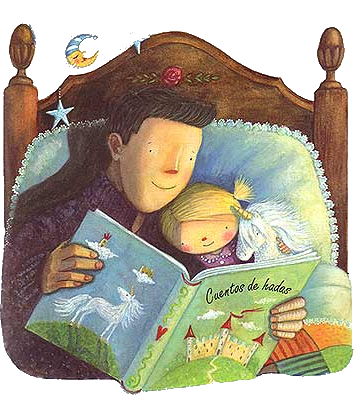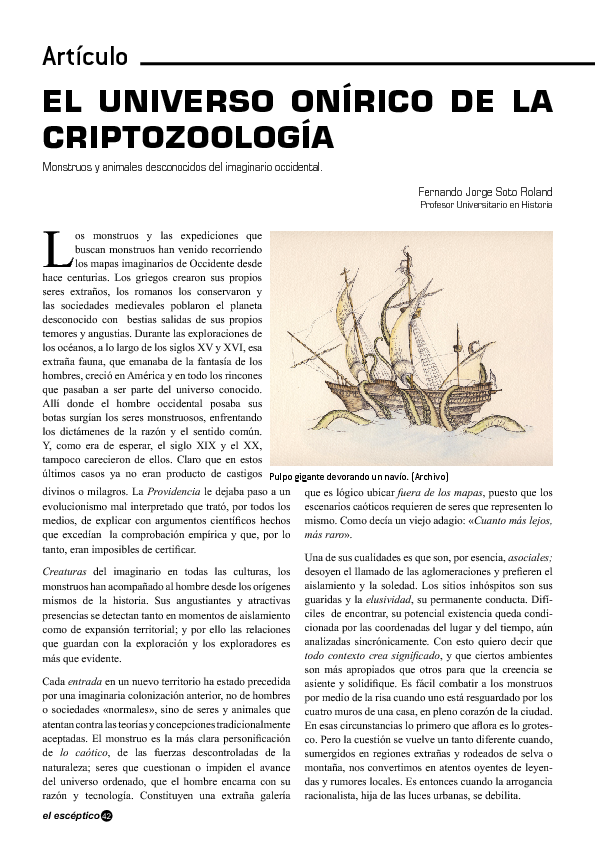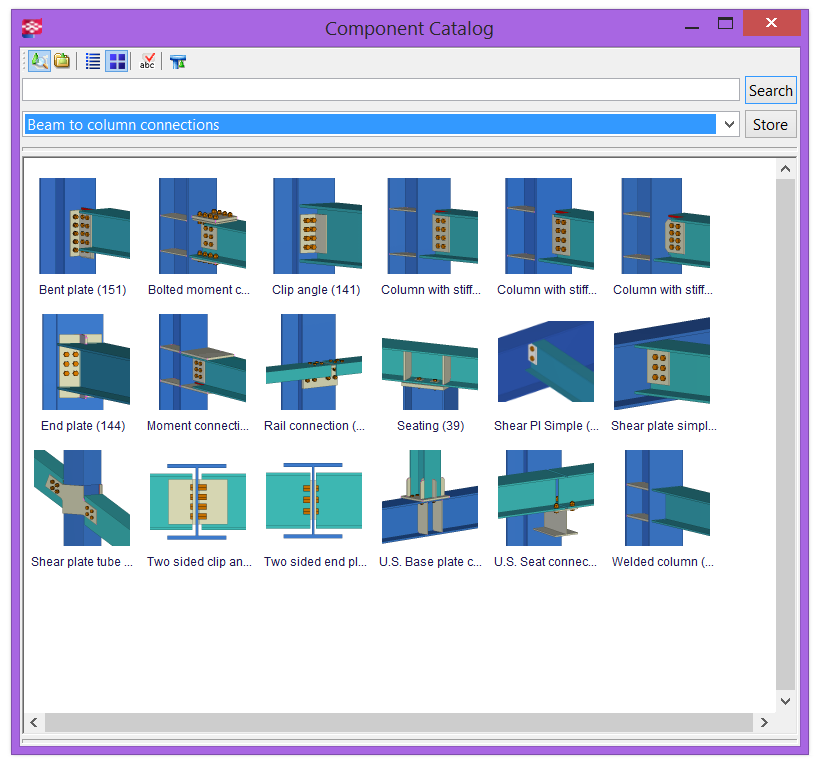Cumulative frequency polygon maker
Data: 2.09.2018 / Rating: 4.8 / Views: 704Gallery of Video:
Gallery of Images:
Cumulative frequency polygon maker
What is a Cumulative Frequency Graph? A Cumulative Frequency Graph is a graph plotted from a cumulative frequency table. A cumulative frequency graph is also called an ogive or cumulative frequency curve. The following examples show how to draw a. The cumulative frequency column is the column you will be expected to add for yourself. To draw the cumulative frequency curve we simply plot the cumulative. Frequency histogram and polygon The frequency histogram is like a column graph without the spaces between columns. The frequency polygon is a special line graph used in statistics. These graphs can be drawn separately or combined. The information in a frequency distribution table can be used to draw these graphs. Score Tally Frequency 11 IIII I 6 You are not logged in and are editing as a guest. If you want to be able to save and store your charts for future use and editing, you must first create a free account and login. In statistics, Cumulative frequency distribution is the sum of the class and all classes below it in a frequency distribution. In simple, Cumulative frequency is the running total of the frequencies. Cumulative frequency is used to determine the number of observations that lie above (or below) a particular value in a data set. The cumulative frequency is calculated using a frequency distribution table, which can be constructed from stem and leaf plots or directly from the data. Change data values and see the effect on the cumulative frequency diagram. Allows you to work out the median as well. Histograms and Cumulative Frequency Histograms are similar to bar charts apart from the consideration of areas. In a bar chart, all of the bars are the same width and the. 1 Creating a Frequency Histogram and Cumulative Frequency Polygon in Excel GEOG 326 Winter 2011 Section Handout. Enter original data for case study (hint: use DataText to Columns after a. Here are six cumulative frequency graphs and six box plots of the same data. You can print out the graphs and boxplots if you like. With thanks to Don Steward, whose ideas formed the basis of this problem. Cumulative Frequency Table In these lessons, we will learn how to construct Cumulative Frequency Tables for Ungrouped data and Grouped data. The cumulative frequency of a set of data or class intervals of a frequency table is the sum of the frequencies of the data up to a required level. A cumulative relative frequency graph of a quantitative variable is a curve graphically showing the cumulative relative frequency distribution. In the data set faithful, a point in the cumulative relative frequency graph of the eruptions variable shows the frequency proportion of eruptions whose durations are less than or equal to a given level. Find the Cumulative Frequency of the Frequency Table. The cumulative frequency of a data class is the number of data elements in that class and all the previous classes. In this MS Excel tutorial from ExcelIsFun, the 655th installment in their series of digital spreadsheet magic tricks, you'll learn see how to create a statistical frequency polygon using a line chart. Purpose: Constructs a frequency polygon or cumulative distribution function to show the distribution of numeric data. Allows Statgraphics to function as a frequency polygon calculator. Allows Statgraphics to function as a frequency polygon calculator. After we click the Compute button, and scroll down, the first output of a full frequency table that includes relative cumulative frequency as well, (which could be used to create an Ogive graph from, but the plotter does not do this). This feature is not available right now. Cumulative frequency is the running total of the frequencies. On a graph, it can be represented by a cumulative frequency polygon, where straight lines join up the points, or a cumulative frequency curve. Beginners statistics: cumulative plot On this page: Example, Example, with R Cumulative frequency plots can be done with histograms. Below are a frequency histogram and a cumulative frequency histogram of the same data. Cumulative histograms are readily produced with R Due to the heavy use of conventional histograms in elementary statistics. Cumulative Frequency, Quartiles and Percentiles Cumulative Frequency. Cumulative frequency is defined as a running total of frequencies. The frequency of an element in a set refers to how many of that element there are in the set. A frequency polygon is very similar to a histogram. In fact, they are almost identical except that frequency polygons can be used to compare sets of data or to display a cumulative frequency distribution. In addition, histograms tend to be rectangles while a. Connexions module: m 1 Sampling and Data: Frequency, Relative Frequency, and Cumulative Frequency Susan Dean Barbara Illowsky, Ph. This work is produced by The Connexions Project and licensed under the Frequency vs. In a data set, the cumulative frequency for a value x is the total number of scores that are less than or equal to x. In this section, we use two charts to illustrate the difference between frequency and cumulative frequency. This tool will create a histogram representing the frequency distribution of your data. Just enter your scores into the textbox below, either one value per line or as a comma delimited list, and then hit the Generate button. A plot of the cumulative frequency against the upper class boundary with the points joined by line segments. Any continuous cumulative frequency curve, including a cumulative frequency polygon, is called an ogive. An ogive (pronounced as ohjive) is a graphical representation of a cumulative frequency distribution and can be created using Microsoft Excel. However, the data on which the ogive is based needs to be organized in a certain way so that the required values are available. The main advantage of cumulative percentage over cumulative frequency as a measure of frequency distribution is that it provides an easier way to compare different sets of data. Cumulative frequency and cumulative percentage graphs are exactly the same, with the exception of the vertical axis scale. WonderHowTo Microsoft Office How To: Create a cumulative frequency distribution in MS Excel By getexcellent; 5510 9: 56 AM. If you use Microsoft Excel on a regular basis, odds are you work with numbers. Paul wrote: i am doing an assignment and need to place a frequency polygon on top of a histogram, how do you do this in excel 2007. Presumably, you already know how to create the data for the histogram and the histogram itself. Creating a frequency polygon in EXCEL 2013 1. Title the A1 and B2 column Midpoints and Frequency accordingly. In the Midpoints and Frequency columns input your data. Once you have your raw data into Excel, select your frequencies including the label. A frequency polygon whose vertices represent the sum of all previous class frequencies of the data. For example, if a frequency polygon had vertices of 5, 8, 3, 7, and 10, the cumulative frequency polygon on the same data would have vertices of 5, 13, 16, 23, and 33. Frequency Distribution: Any collected data can be arranged in a meaningful form, so that any new emerging data can be easily seen. One of the most used methods to arrange the data is. Histogram Maker Instructions: The following graphical tool creates a histogram based on the data you provide in the boxes below. All you have to do is type your data and also the number of bins (typically between 4 and 10). A frequency polygon is another way to show the information in a frequency table. It looks a little bit like a line graph. To make a frequency polygon, you just need to. The cumulative frequency for scenario 2 is the sum of the normalized frequency for scenario 2 and the product of the percentage overlap between scenario 2 and scenario 1. Frequency Polygon Maker This tool will generate an editable frequency polygon comprising up to three separate distributions (thereby allowing you to compare their shapes). Just enter your scores into the textboxes below, either one value per line or as a comma delimited list, with one distribution per box, and then hit the Generate button. The relative frequency is related to the class intervals which can be shown with the help of frequency polygon. It also gives the ideas related to the shapes of the data distribution. In a frequency polygon, the two end points always lie on the x axis or it is a graphical display of a frequency table and the intervals of a frequency polygon. To calculate cumulative frequency, start by sorting the list of numbers from smallest to largest. Then, add up the number of times each value appears. Cumulative frequency tables can help you analyze and understand large amounts of information. In this lesson, you practice creating and interpreting cumulative frequency tables. Histogram Frequency Polygon Ogive This page is devoted to presenting, in a step by step fashion, the keystrokes and the screen images for doing a generating a Histogram Frequency Polygon Ogive on a TI83 (TI83 Plus, or TI84 Plus) calculator. What is Cumulative Frequency Curve or the Ogive in Statistics. First we prepare the cumulative frequency table, then the cumulative frequencies are plotted against the upper or lower limits of the corresponding class intervals. A frequency polygon is almost identical to a histogram, which is used to compare sets of data or to display a cumulative frequency distribution. It uses a line graph to represent quantitative data. Statistics deals with the collection of data and information for a particular purpose. The total of a frequency and all frequencies so far in a frequency distribution. It is the 'running total' of frequencies. There are two types of polygon frequency graphs that you can create using Microsoft Excel: a frequency polygon and a cumulative frequency polygon. The difference between the two is the former plots the count for each frequency distribution class and a cumulative frequency polygon plots the cumulative frequency of the distribution classes. The purpose of a frequency polygon is to communicate the shape of distributions. The purpose is similar to that of a histogram but is preferable when it comes to providing data comparisons. Those needing to display cumulative frequency distributions also find frequency polygrams to be more helpful. A cumulative frequency polygon for the same test scores is shown in Figure 2. The graph is the same as before except that the Y value for each point is the number of students in the corresponding class interval plus all numbers in lower intervals. For example, there are no scores in the interval labeled 35, three in the interval 45, and 10 in the interval 55. Cumulative Tables and Graphs Cumulative. Cumulative means how much so far. Think of the word accumulate which means to gather together. To have cumulative totals, just add up. A frequency polygon is a line graph created by joining all of the top points of a histogram. To create a frequency polygon, follow these steps: Create a histogram Cumulative frequency polygon is similar to a frequency polygon. The difference is that in creating a cumulative frequency polygon we consider cumulative frequencies instead of actual frequencies. Cumulative frequency of less than type is obtained by adding the frequency of each class interval to the sum of all frequencies in the lower intervals.
Related Images:
- Football manage 2018
- How i met 13
- Odin Software Samsung S3
- Server antivirus 64
- English language only for call of duty
- Locked up abroad
- New suicide squad 2018
- World radio tv
- Audrey assad the house youre building
- The vampire diaries s04e01 720p hdtv x264 dimension
- Download The Spooks Destiny PDF
- Windows ultimate crack
- Sleepy Hollow 2018
- El vuelo
- World cup dance anthems
- Portrait professional studio crack
- March top 100
- Highway to sell
- Arrow s02e16 dutch
- Desi kalakaar honey singh song
- Guardians Of The Galaxy Vol 2 1080 Dual Latino
- Chelsea vs bayern munich champions league
- Reinforced Concrete Mechanics And Design 5th Edition
- Ramayanam Tamil Movie Download
- Spartacus s03e06 hdtv
- CoffeeScript in Action
- FILM Sur la route de Madison DVDRiP French
- Ne yo afrojack
- Horrible subs sword art online
- The big bang theory s06e07 dimension
- Croc legend of the gobbos
- K on 1
- 1980 best songs
- Regional Integration and Trade in Africa
- Astm E23 Pdf Download
- Mafikeng Campus Second Semester Timetable
- Marvels Jessica Jones Season 1 Complete
- Sons of anarchy s02 complete
- Cannonball ernie andrews
- Longman Academic Writing Series 3
- Cours de parasitologie medicale pdf
- 5 Chefs Doeuvre De La Litterature Erotique
- Evangelio apocrifo de santiago pdf
- Whatsapp plus cracked
- Pompeii 1080p bluray dts
- Ipg Carmaker
- Clint eastwood spanish
- Star Wars The Clone Wars Incredible Vehicles
- The foster S01E06
- Hydraulic crane study guide
- The year in christian music
- Hindi hd 2018
- Best of ballads 2018
- The Rich The Poor The Foolish
- Sound city reel
- Esquire november 2018
- Red 2 2018 english
- Lost the movie












